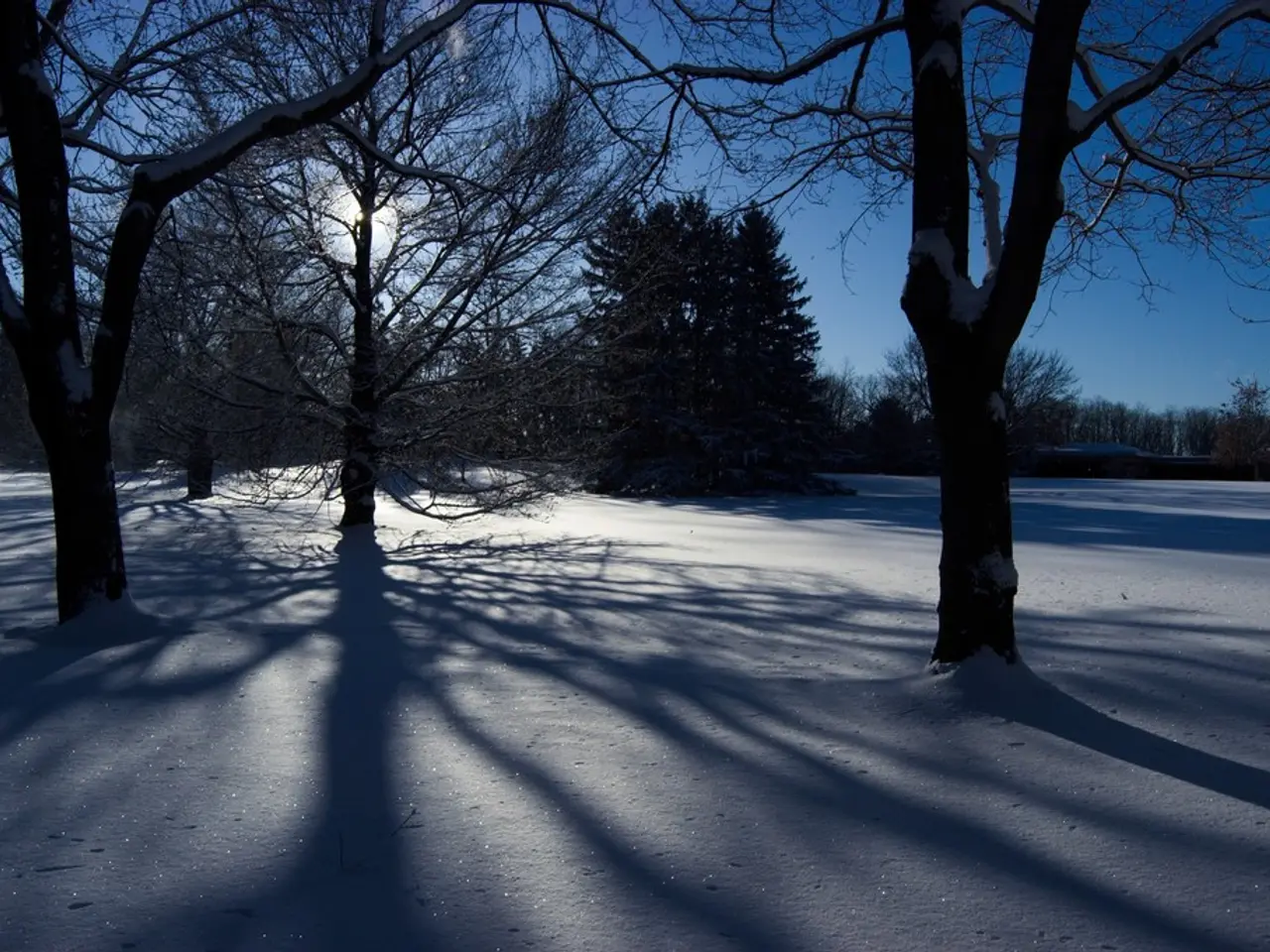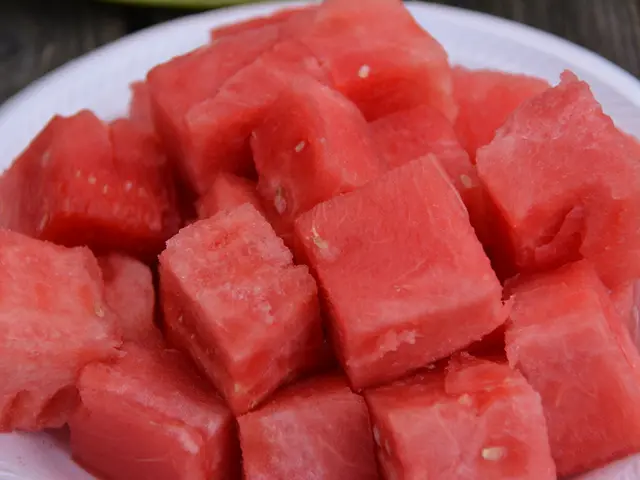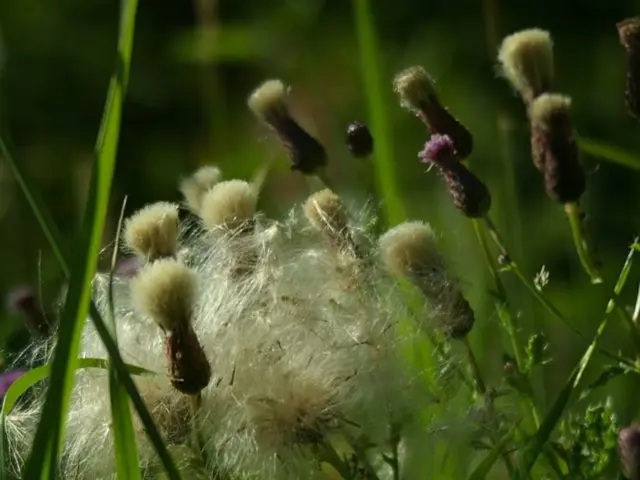How Plants Survive Winter’s Harshest Challenges and Thrive
Gardening enthusiasts, take note: winter hardiness is crucial for plant survival. It's not just about enduring cold temperatures, but also protecting against various winter stresses. Let's delve into the fascinating world of plant resilience during the chilliest months.
Blackcurrants, for instance, can brave temperatures as low as –27°C, but only if the cold arrives suddenly. Stone fruits, however, are particularly vulnerable to alternating thaws and freezes due to their sensitivity to winter warmth.
Frost hardiness, a plant's ability to withstand low winter temperatures, develops in autumn. It's not the only factor; winter hardiness also involves protection against sunscald, late frosts, smothering under snow, and waterlogging. Peak winter hardiness occurs in early winter during a plant’s deep dormancy.
Not all plants are created equal. Apple trees lead in winter hardiness, followed by cherries, plums, and pears, with stone fruits lagging behind. In spring, snowdrops, spring snowflakes, winter aconites, crown imperials, and checkered lilies are most sensitive to late winter temperature fluctuations.
Whitewashing tree trunks can help preserve both health and yield, boosting winter hardiness. When selecting plant varieties, winter hardiness should be a key consideration.
Understanding and nurturing winter hardiness can significantly improve plant survival and yield. From blackcurrants to delicate spring bloomers, each plant has unique resilience. By considering frost and winter hardiness, gardeners can create thriving, resilient landscapes.








